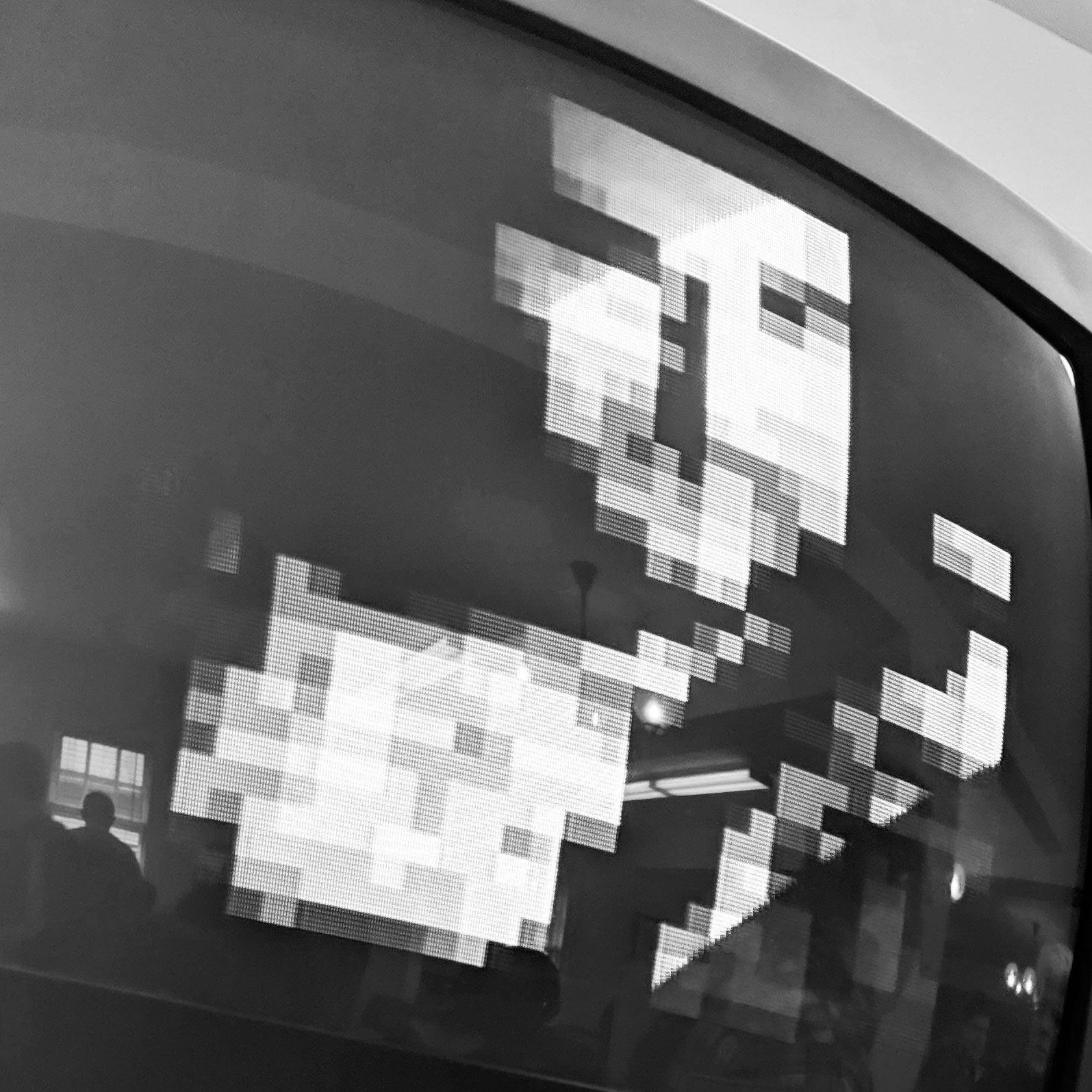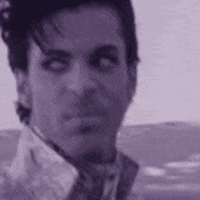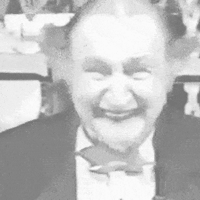
(Roo Reynolds/Flickr)
Let’s say you’re deeply inspired by another creator in making something, so much so that you want to give them a tribute or highlight how their work inspired another work you loved.
So, maybe you share an image of that creator on social media, or as you report on a story, you end up using a picture of them with the things they helped to create.
Now, let’s say, a couple years later, out of the blue, you get a copyright complaint for doing this very thing. The photographer of this creator wants their cut, and because they are skilled in extracting this cut from other creators, they know a lot more about the law than you do.
So you feel between a rock and a hard place, pressured to pay them money or take down something that simply hoped to celebrate someone that inspired you.
This is not a theoretical situation, and is one that a husband-and-wife YouTube creator team ran into last week, after the photographer of an image of famed special-effects wizard Ray Harryhausen sent them a demand letter for the image’s use. While the amount was small, the impact was definitely felt.
It turns out that, in their efforts to celebrate Harryhausen’s influence on the iconic Sega game Altered Beast, Lady Decade and the Top Hat Gaming Man accidentally stepped into a copyright minefield, one that the photographer of the image has seemed to encourage by going after anyone who uses this specific image of Harryhausen.
The thing is, the photographer is legally within his rights to call out uses of said images, but the approach is arguably predatory, as it targets people who likely aren’t massive companies or have huge audiences. In the case of the use of the image on the Top Hat Gaming Man channel, the image appeared for all of three seconds, and was intended as a storytelling tool, which would likely offer fair use protections. The problem is that to prove this they either have to take the risk of ignoring him or fighting him in court—costly endeavors that could harm their livelihoods.
Having read up on the photographer, who I won’t name or link off because my goal is not to brigade but to offer some constructive ideas, his view of social media users of this nature is that they tend to be “clout-chasers,” sharing images of famous personalities for the reason of trying to draw views and traffic for their social media profiles.
Not exactly a charitable mindset, but not an uncommon one in the world of DMCA and copyright.
The problem I see here is that what this photographer is effectively asking for with this aggressive copyright approach is to put a toll on the road of celebrating someone who has inspired millions of others to create things. That, to me, seems wrong. And I think the reason he is able to do this is by sheer chance that his image was used by a very prominent source, putting it in a high position on Google Images.
(That said, given that this is what the photographer is doing, there probably is a good case to reach out to the media outlet and suggest they remove the image from the article in question so as to protect creators from predatory copyright demand letters.)
https://bsky.app/profile/shortformernie.bsky.social/post/3l7rjnrhvkq2h
This leads me to what I think could be a useful idea to avoid issues like these in the future: What if there was a community-managed image archive of popular and famous creators, particularly those who have died and for which little copyleft or copyright-free imagery exists of them? Artistic representations could be commissioned of these creators in a neutral tone so they could be used in a lot of different settings, and presented in thoughtful ways.
The website could be crowdfunded, with payments for commissioned artists backed by nonprofits or companies such as the Wikimedia Foundation or Google, and even paid for by donations. This archive would be free to use, maybe covered by advertising if there is no nonprofit backer, but built with the express idea of allowing people to share images of famous creative people, such as Harryhausen, Albert Einstein, Paul Rand, Jean-Michel Basquiat, Marilyn Monroe, Andy Warhol, and others in a way that would ensure that people who are simply trying to celebrate these inspiring people aren’t getting nailed by the copyright police just because they happened to grab the wrong photo on Google Images.
(And of these creators’ estates want to offer up an image to this initiative, or photographers decide to donate their pictures to this initiative, great. The more, the merrier.)
There are limitations to what might be possible in copyright in the modern day, and DMCA complaints are always risky. But by creating a method where people can celebrate great creators without falling foul of copyright just because of what they post, we can protect the exchange of free ideas thoughtfully, without running into traps created by outmoded thinking about copyright.
But what we’re doing now is not working. And punishing others for simply wanting to celebrate a great creator? That seems counterproductive and not in the spirit of creation.
I hope this idea inspires others. And best of luck to Lady Decade and the Top Hat Gaming Man as they attempt to manage a complicated situation.
Time limit given ⏲: 30 minutes
Time left on clock ⏲: 53 seconds



